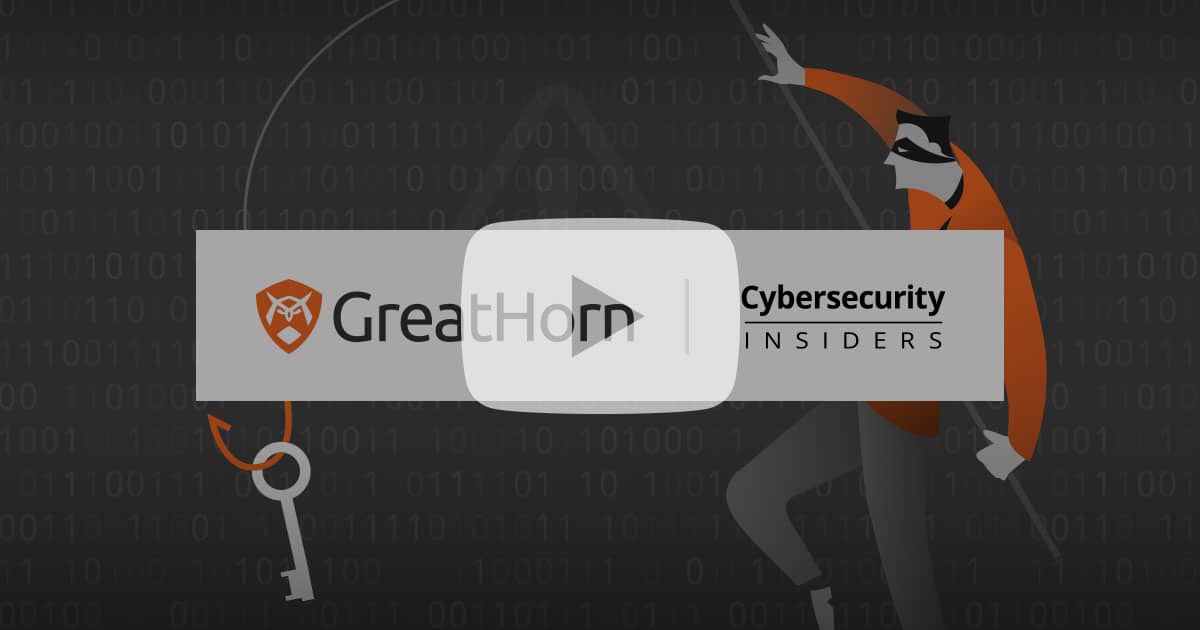Advanced threat detection for phishing attacks is important to protecting your organization and goes beyond just the basic security analysis and features. You have likely heard about or encounter some of these phishing attacks.
There are four primary areas in which advanced threat detection is needed: (1) impersonations, (2) content, (3) malicious payloads, and (4) credential theft. Advanced threat detection solutions are specifically designed to detect more sophisticated attacks targeting your organization.
And because email continues to be the greatest attack vector to target organizations, your email solution is required to go beyond the basic security functionality. In order to overcome these sophisticated and advanced phishing attacks, organizations should deploy email security solutions that take a layered approach to protect before, during and after an attack.
Proactive protection
Advanced threats use spear phishing along with various other forms of social engineering to bypass traditional security solutions. Moreover, advanced threats pose a greater impact as they use public information such as that which can be pulled from social media pages or from LinkedIn or even previously breached data to target organizations and make emails appear to be legitimate.
For instance, cybercriminals may have looked at LinkedIn to find the CFO of your organization. Once found, they begin sending urgent emails to all employees that appear to come from the CFO but are in fact an impersonation attack. Because these emails are from a leadership position, employees are more apt to act when the attack is requesting immediate action to gain access to financial information or credentials.
Most cyber attackers can spin domains that look real to someone who is unaware. Cybercriminals also know how to craft emails that bypass traditional security systems, making them even harder to detect.

On-Demand Webinar: Facts vs Deception: Today’s Phishing Attack Landscape
A Purpose-Driven Solution
To effectively detect advanced email threats, it takes a layered approach across the entire lifecycle of an email. This solution might be able to counter all the phishing attacks and analyze multiple security threats to protect your data and sensitive information.
The following are the criteria analyzed by GreatHorn’s advanced threat detection solution:
Strength of the relationship on emails
It examines the strength of an individual sender’s connection with the recipient. It sees if you are a friend of the recipient or have a ‘friends of friends’ relationship with the recipient. Simply put, it checks the overall relationship and connection between the sender and the recipient.
Analyze spoofs
It analyzes all kinds of spoofs including domain spoofs, domain look-alikes, and employee display-name spoofs including a thorough comparison against known or familiar email addresses for email authentication, advanced impersonation tactics and email authentication standards.
Technical fingerprint
It conducts a detailed analysis of sending IP addresses, header information and domain reputation keeping mind of all the variations in authentication results for DKIM, SPF and DMARC.
Analysis of the content
It performs deep and sophisticated content inspection based specifically on URLs, attachments, keywords, and regular expressions to detect and identify regular phishing attacks. This content analysis helps to counter credential-theft attacks, business service impersonations, W2 requests, and unauthorized wire transfers.
Communication patterns
It is a smart solution that ceases to recognize a communication pattern specific to a particular organization or the individual. For instance, it observes email frequency, sending patterns and the volume of the recipients.
Threat-relevant Actions
The following are relevant actions that apply to the advanced threat detection solution:
Dynamic bannering
Dynamic bannering creates a context-based notice originating from an email or an external source. One example of this is requesting an emergency funds transfer.
The label on the subject line
This application injects a notification in the subject line of the email showing that the following email contains suspicious or sensitive information such as the financial or bank account details.
Link protection
If an uncommon link appears on the screen, it warns the individual or takes the user to a safer page before proceeding. If it is a malicious link, this software can also disable the link.
Move to trash or spam
If the email contains malicious content, the application moves the email to spam or to the trash folder.
Quarantined email
If the email contains malicious content that might be very harmful, the software eliminates the email and notifies the user that the email has been quarantined.
Silent quarantine
It also eliminates the email with a malicious attachment or a link. However, it does not notify the user.
Closing thoughts
By using granular controls to develop the proper actions for each type of advanced threat, your organization can more effectively enable employees to become part of your risk mitigation strategy versus being consumed with false positive alerts and quarantine release requests. Not only do employees receive in-the-moment education about the risks, but they can more effectively apply their knowledge from security awareness training. GreatHorn assists your organization to detect, prevent, and respond to advanced email threats. With a layered approach, GreatHorn’s advanced threat protection coupled with dmarcian’s DMARC platform and Inspired eLearning’s user awareness training can help you achieve high levels of security across your largest attack vector – email.





